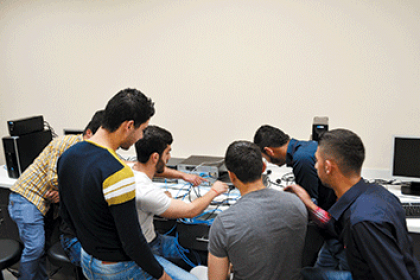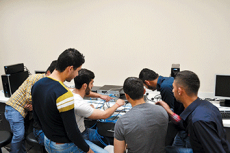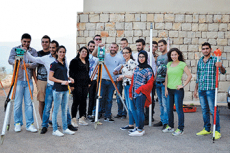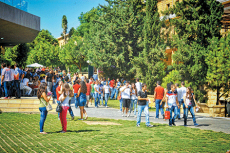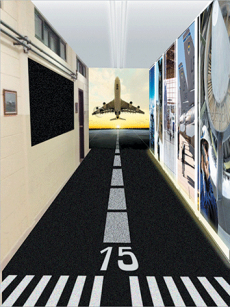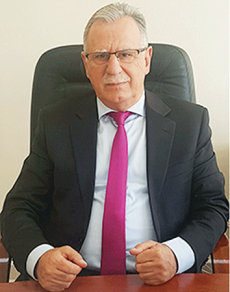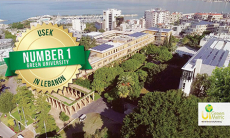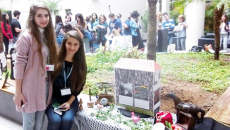What is mechatronics engineering?
Mechatronics engineering is an emerging field of engineering that integrates electrical engineering, mechanical engineering, computer science, control engineering and information technology. Mechatronics engineering at the Issam Fares Faculty of Technology of the University of Balamand brings together areas of engineering to allow the design, development and application of smart devices in an integrated, cross-disciplinary manner.
When was the Department of Mechatronics established and how many students does it have?
The Mechatronics Department was established in 2010 on the University of Balamand’s main campus in Koura. In addition to the main campus, it now operates on two other campuses: the Akkar Campus-Beino and the Souk El-Ghareb Campus. There are 189 students who are currently enrolled in the Mechatronics Engineering program.
How long does it take to complete the Program?
It typically takes three years to complete the Mechatronics Engineering Program at the IFFT.
The degree of Bachelor of Technology is awarded upon completion of 100 credits.
What are the Mechatronics Department’s objectives?
The Mechatronics Engineering Program prepares students for a broad range of professional careers in mechatronics, automation, robotics, and manufacturing, these in areas associated with analysis, development, implementation, and applied design. The Program is also committed to encouraging students to be thoughtful, responsible people, able to meet engineering and technological challenges as leaders as well as members of engineering teams.
What are the potential employment opportunities for Mechatronics graduates?
We, at the mechatronics department, aim to be always pioneer in introducing new majors related to the latest technologies and trends. In alignment with this vision, the department starts from Fall 2017, to offer a new and much needed specialty in Home Automation (HA). Graduates in Mechatronics Engineering have access to a wide range of career opportunities in such areas as production (supervision of the manufacture, assembly and testing of equipment in manufacturing and assembly industries), robotics, electrical networks, production equipment monitoring and management, technical services, machine design, packaging engineering, automation, the human/machine interface, programming, control, renewable energy and home automation.
What higher degrees can be pursued after the degree of Bachelor of Technology in Mechatronics Engineering has been obtained?
Graduates can pursue degrees such as Master of Engineering in Mechatronics Engineering, Electrical Engineering, Mechanical Engineering or Biomedical Engineering or Automative Engineering. They may also like to enhance and accelerate their career through pursuing an MBA program.
Want more information?
For more detailed information, please contact Dr Rodrigue Imad, Chairman of the Department of Mechatronics at the University of Balamand, + 961 6 930250, ext. 3323-4 - 5415.
Email: This email address is being protected from spambots. You need JavaScript enabled to view it.; www.balamand.edu.lb
Testimony from Mike Yaacoub (student, 2014)
Being part of the Mechatronics Department at the IFFT was an exceptional and all-encompassing experience. The department has excellent labs which provided us with the opportunity to apply our knowledge to the practical world. The faculty is run by professors that encourage freedom of thought and expression, they emphasize on making us creative and independent engineers. This allowed me to be on the honor list for three years and opened a variety of options for me to continue my studies. I am now a student at Polyetechnic University of Turin, which is known for its excellence in engineering, and I continue to succeed in achieving high grades due to my experience at IFFT’s Mechatronics Department. I thank them all especially Dr. Rodrigue Imad, the chairman of the department, for making us feel like family throughout these three years and encouraging us to reach our full potential.






